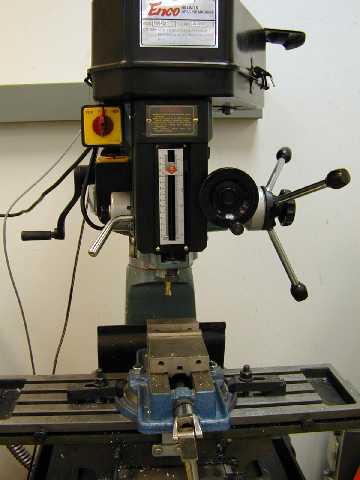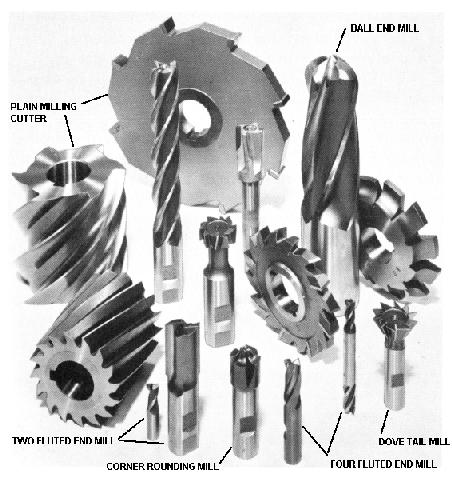Milling
From DDL Wiki
(Difference between revisions)
| Line 1: | Line 1: | ||
Tagged by Team 12. | Tagged by Team 12. | ||
| + | |||
| + | <center>[[Image:Milling_Machine.jpg]]</center> | ||
'''Process''' | '''Process''' | ||
| - | Milling is a subtractive process that can be used to create intricate shapes and cuts. A rotating multi-toothed bit can either be moved around a stationary object or the object can be moved to make cuts on a stationary cutter. | + | Milling is a subtractive process that can be used to create intricate shapes and cuts. A rotating multi-toothed bit can either be moved around a stationary object or the object can be moved to make cuts on a stationary cutter. The cutter can be right hand by turning clockwise and the left hand by turning counterclockwise. |
'''Kind of material/size/shape/precision''' | '''Kind of material/size/shape/precision''' | ||
| - | Usually, milling is used for metal and possibly some other materials. The surface being cut can be flat, curved or angular. | + | Usually, milling is used for metal and possibly some other materials. The surface being cut can be flat, curved or angular. There are many types and sizes of milling cutters. The picture below show a few of the cutters. |
| + | |||
| + | <center>[[Image:Mcutters.jpg]]</center> | ||
| Line 16: | Line 20: | ||
'''References''' | '''References''' | ||
| - | + | [http://www.mfg.mtu.edu/marc/primers/milling/index.html][http://en.wikipedia.org/wiki/Milling_machine] | |
| - | + | ||
| - | + | ||
Revision as of 01:40, 5 February 2007
Tagged by Team 12.

Process
Milling is a subtractive process that can be used to create intricate shapes and cuts. A rotating multi-toothed bit can either be moved around a stationary object or the object can be moved to make cuts on a stationary cutter. The cutter can be right hand by turning clockwise and the left hand by turning counterclockwise.
Kind of material/size/shape/precision
Usually, milling is used for metal and possibly some other materials. The surface being cut can be flat, curved or angular. There are many types and sizes of milling cutters. The picture below show a few of the cutters.

Relevance of the process to a design
Relative cost
References
